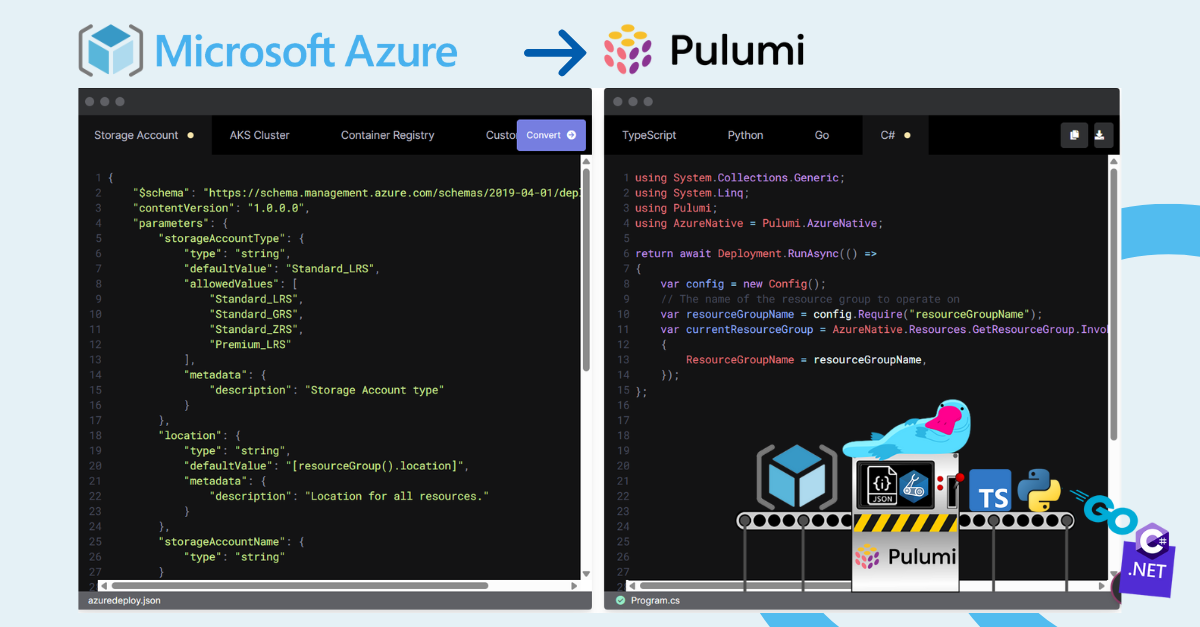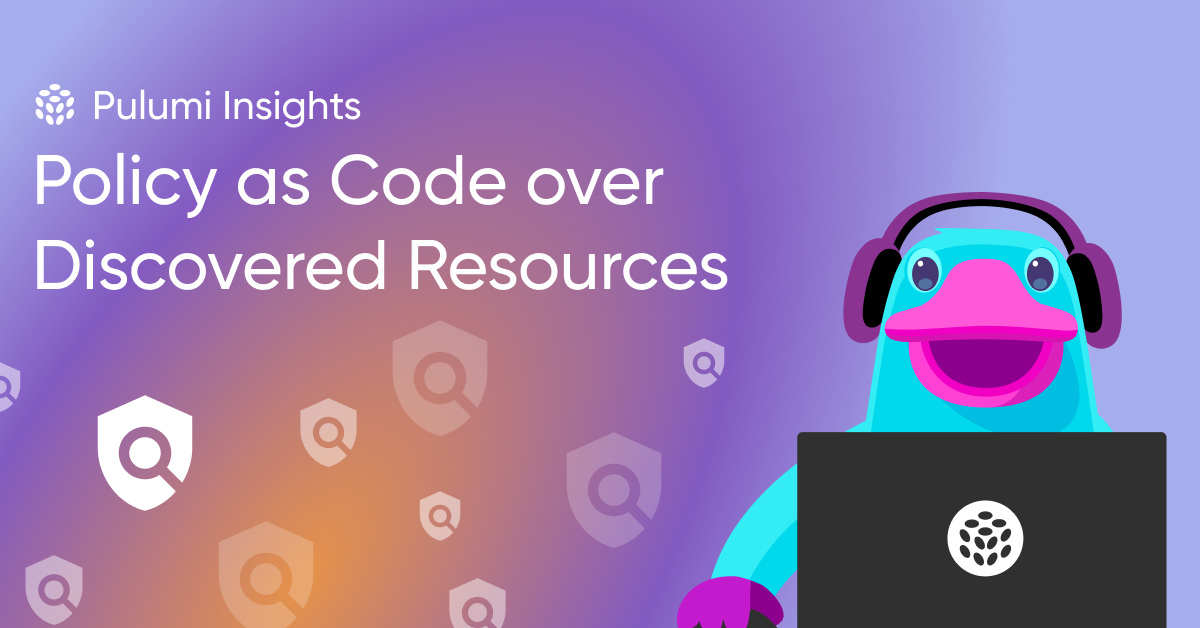Azure Native 3.8: Unified Credentials and Private Clouds

Today we’re excited to announce Azure Native Provider v3.8, featuring several enhancements that simplify authentication and extend support to private Azure environments. These updates make it easier than ever to manage Azure infrastructure using credentials provided by the hosting environment, such as in Azure Kubernetes Service (AKS), Azure VM, and Azure Cloud Shell.








